50-Minute Classroom: How to Buy Knives, Part 2
By Adam Weiner
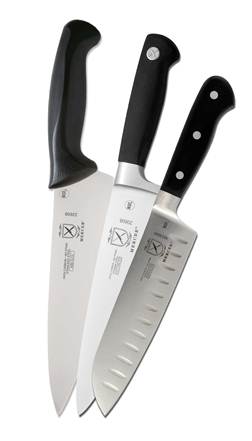 Chef Weiner continues his advice for students on selecting and maintaining knives. This month: the difference between sharpening and honing and the definition of “true.”
Chef Weiner continues his advice for students on selecting and maintaining knives. This month: the difference between sharpening and honing and the definition of “true.”
Last month’s article was a handout for your students on how to buy knives. This month I am giving you a handout on how to hone and sharpen knives. Next month will be on using knives, and then the fourth article will cover how to care for knives. So, cut out the below and give it to your students as part two of a four-part series on knives:
Many new cooks confuse sharpening knives with honing knives. They are not the same thing. Honing a knife puts the edge back into “true,” while sharpening a knife removes part of the metal and creates a new edge.
If you look under a microscope at a knife, you will see a lot of thin teeth, kind of like one of those cheap plastic combs. Through use and washing, the teeth get pushed out of alignment, out of true. The purpose of the steel is to bring the teeth of the knife back into alignment, back into true. If the end of the teeth becomes dull because of a lot of use or abuse, then aligning it with a steel will not help, and the knife will need to be sharpened instead.

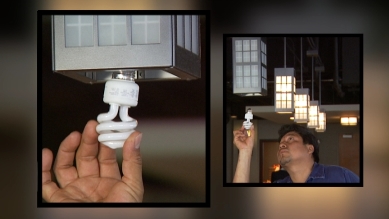 Turn-key teaching tools for sustainability.
Turn-key teaching tools for sustainability.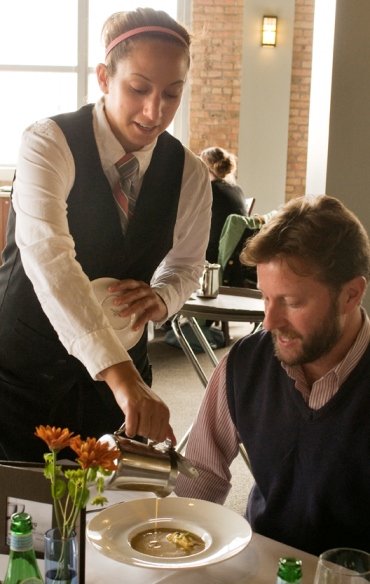 The day of the frumpy, inattentive waiter is gone. In the current economy, properly training wait staff has never been more important.
The day of the frumpy, inattentive waiter is gone. In the current economy, properly training wait staff has never been more important.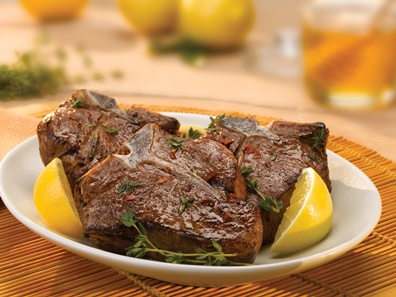 From the American Lamb Board, a primer that covers everything from U.S. sheep production to menuing lamb.
From the American Lamb Board, a primer that covers everything from U.S. sheep production to menuing lamb. In an effort to highlight the importance of Culinology, the blending of culinary arts and the science of food, the Research Chefs Association announces: My Culinology Experience. The RCA wants to hear from you. That's why the organization is putting on a search for the best video that spotlights your relationship to Culinology—its effect, its appeal, its challenges!
In an effort to highlight the importance of Culinology, the blending of culinary arts and the science of food, the Research Chefs Association announces: My Culinology Experience. The RCA wants to hear from you. That's why the organization is putting on a search for the best video that spotlights your relationship to Culinology—its effect, its appeal, its challenges! The Culinary Institute of America, in collaboration with the Singapore Institute of Technology (SIT) and Temasek Polytechnic, has announced that it will begin offering its Bachelor's Degree Program in Culinary Arts Management in Singapore early in 2011.
The Culinary Institute of America, in collaboration with the Singapore Institute of Technology (SIT) and Temasek Polytechnic, has announced that it will begin offering its Bachelor's Degree Program in Culinary Arts Management in Singapore early in 2011.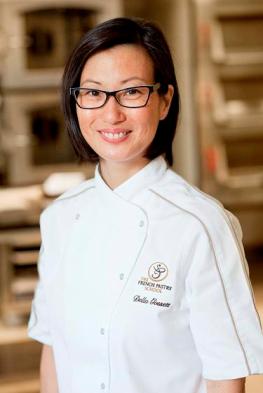 Plugrá® European-Style Butter hosted Della Gossett, chef instructor at The French Pastry School at City Colleges of Chicago and former executive pastry chef of Charlie Trotter’s in Chicago, for a culinary demonstration at the American Culinary Federation (ACF) National Convention, Aug. 2-5 in Anaheim, Calif. During “Trade Secrets for Exquisite Plated Desserts,” the renowned pastry chef explored how to create innovative menu-enhancing desserts, drawing inspiration from fresh seasonal ingredients, classic recipes, and contemporary influences.
Plugrá® European-Style Butter hosted Della Gossett, chef instructor at The French Pastry School at City Colleges of Chicago and former executive pastry chef of Charlie Trotter’s in Chicago, for a culinary demonstration at the American Culinary Federation (ACF) National Convention, Aug. 2-5 in Anaheim, Calif. During “Trade Secrets for Exquisite Plated Desserts,” the renowned pastry chef explored how to create innovative menu-enhancing desserts, drawing inspiration from fresh seasonal ingredients, classic recipes, and contemporary influences.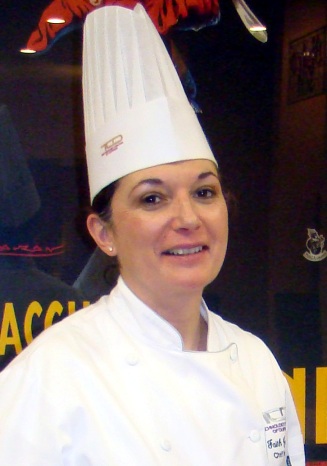 Don’t forget the most important part of the training process—helping students develop their critical-thinking and problem-solving skills.
Don’t forget the most important part of the training process—helping students develop their critical-thinking and problem-solving skills.